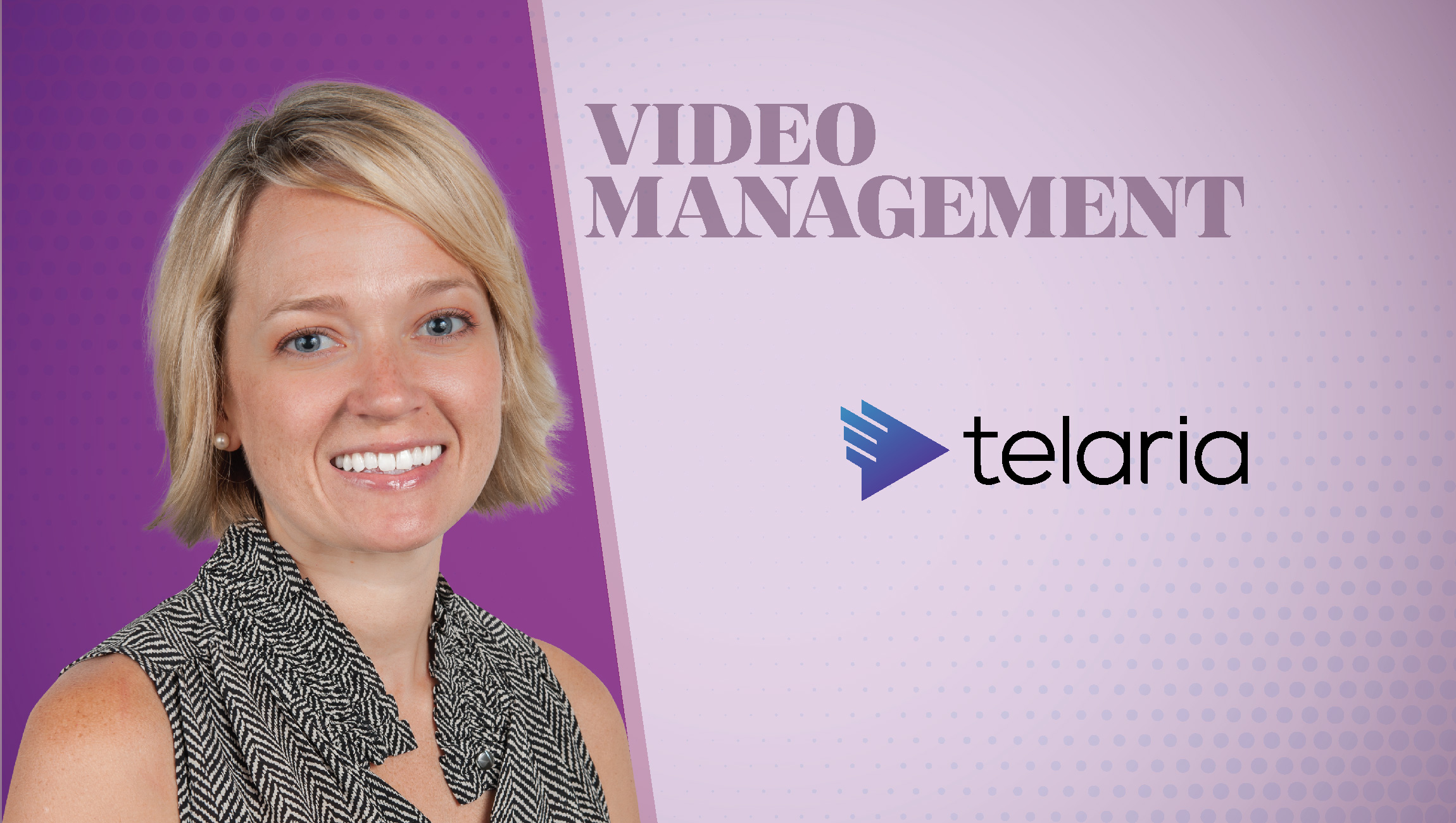 Adopting a dedicated account-based Event Marketing strategy offers a number of benefits for marketers. The event itself will target potential long-term customers, the Event Marketing efforts will focus on accounts that matter and marketers will be able to produce an event with confidence it will lead to a positive ROI. Of course, to realize all these benefits, there must be an organization-wide stakeholder buy-in on the Account-Based Marketing (ABM) event approach.
Adopting a dedicated account-based Event Marketing strategy offers a number of benefits for marketers. The event itself will target potential long-term customers, the Event Marketing efforts will focus on accounts that matter and marketers will be able to produce an event with confidence it will lead to a positive ROI. Of course, to realize all these benefits, there must be an organization-wide stakeholder buy-in on the Account-Based Marketing (ABM) event approach.
What is ABM?
The ABM concept has been around since the 1960s. While the concept isn’t new, Marketing Technology developments have made Account-Based Marketing easier and more effective to incorporate ABM into Marketing processes. And Event Marketing is particularly well suited for ABM, with the data-bearing that out.
Eighty percent of marketers measuring ROI say that Account-Based Marketing (ABM) outperforms other marketing investments (ITSMA). Meanwhile, 84% of Marketing leaders find ABM to have “significant benefits to retaining and expanding existing client relationships” (Alterra Group).
Applying an ABM strategy to Event Marketing allows marketers to combine the power of live events and the impact of a personalized marketing strategy with the benefit of creating sustainable and long-lasting relationships with prospects.
In order to optimize Event Marketing for ABM, marketers can adopt this five-part RAISE model.
1. Research. This step involves consolidating a list of targeted accounts to engage before, after and during the event. Along with conducting this coverage research, marketers should create assets that address the needs of stakeholders in the targeted accounts. Metrics to track during the research process include the number of accounts in the database, the amount of account-specific Marketing content available, and the number of stakeholders identified.
2. Attention. With the list of targeted accounts in hand, marketers can measure how those records or contacts interact with the brand by tracking email open rates and website traffic from target accounts. Website visits would be considered the top of the funnel activity while stakeholders targeting an event are the bottom of the funnel. Key metrics include the number of event website visits from targeted accounts, number of event website registrations, number of targeted accounts attending the event, and the number of targeted stakeholders attending.
3. Interaction. During this step, the focus moves from driving brand awareness to actual Event Marketing engagement from targeted accounts. Top of the funnel activities include the number of events attended by a targeted brand. Meanwhile, activities like on-site demos are the bottom of the funnel. KPIs to watch in this stage include the number of events attended by target accounts, number of sessions registered for by target accounts, number of event app downloads, number of booth visits by target accounts, number of on-site meetings with target accounts, and number of on-site demos with target accounts.
4. Scope. This step takes stock of the effectiveness of the ABM event strategy while it’s in progress. Understanding the scope of the efforts allows event marketers to determine what’s working, what resources can be better allocated, and what can be better optimized. Metrics to track include the percentage of targeted accounts attending the event, the percentage of targeted stakeholders attending, and the percentage of closed accounts from specific events.
5. Effect. This final step focuses on the big picture effect of the ABM strategy from the top of the funnel NPS scores to the bottom of the funnel average customer value (ACV). KPIs for this extensive criteria include average event survey NPS score, time-to-close for target accounts, impact on win rates for target accounts, ACV, and LCV.
The RAISE model offers a roadmap with metrics to track at each stage, but to fully optimize an account-based Event Marketing strategy marketers should also follow some basic guidelines such as ensuring the organization has Sales-Marketing alignment and the entire process has a focus on early planning, including clear criteria defining targeted accounts.
With that in place, identify target records within those accounts for engagement such as decision-makers, influencers, and champions. Create personalized content for those contacts, send out pre-event surveys to help plan event content and drive attendee engagement, and utilize Marketing channels including email, display ad campaigns and even serve website visitors from targeted IP addresses with tailored, personalized dynamic content.
Once the event is over, document actions such as visiting the event website, registering for hosted events and attending meetings, and create scorecards for targeted accounts to understand how far those prospects are down the sales funnel. Once a targeted account reaches a minimum engagement score, marketers can send the Sales team all the new records from the event with a clear understanding of how that prospect is performing within the scope of the ABM event effort.
Read more: How Marketing Can Help Develop an Effective Customer Onboarding Program











